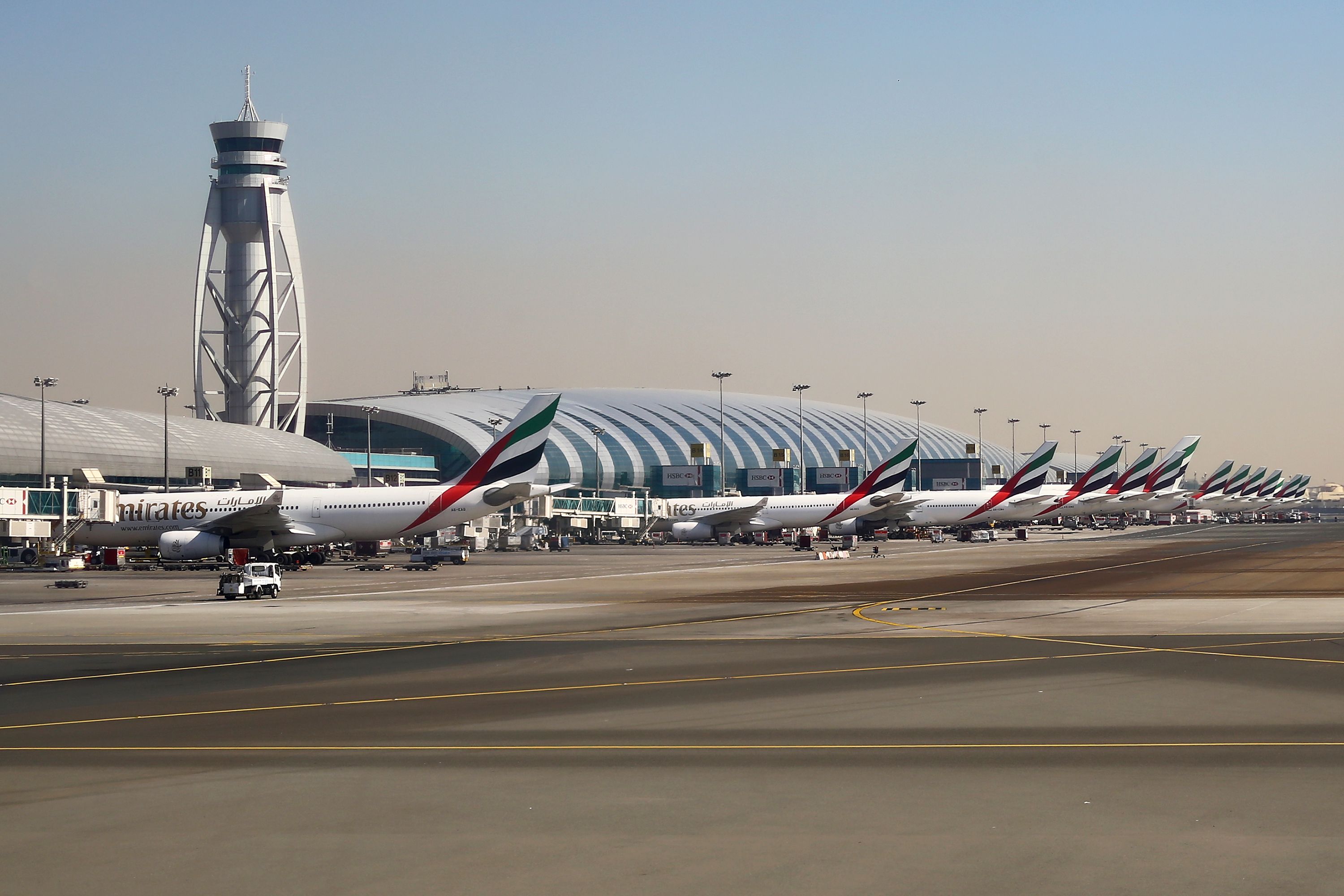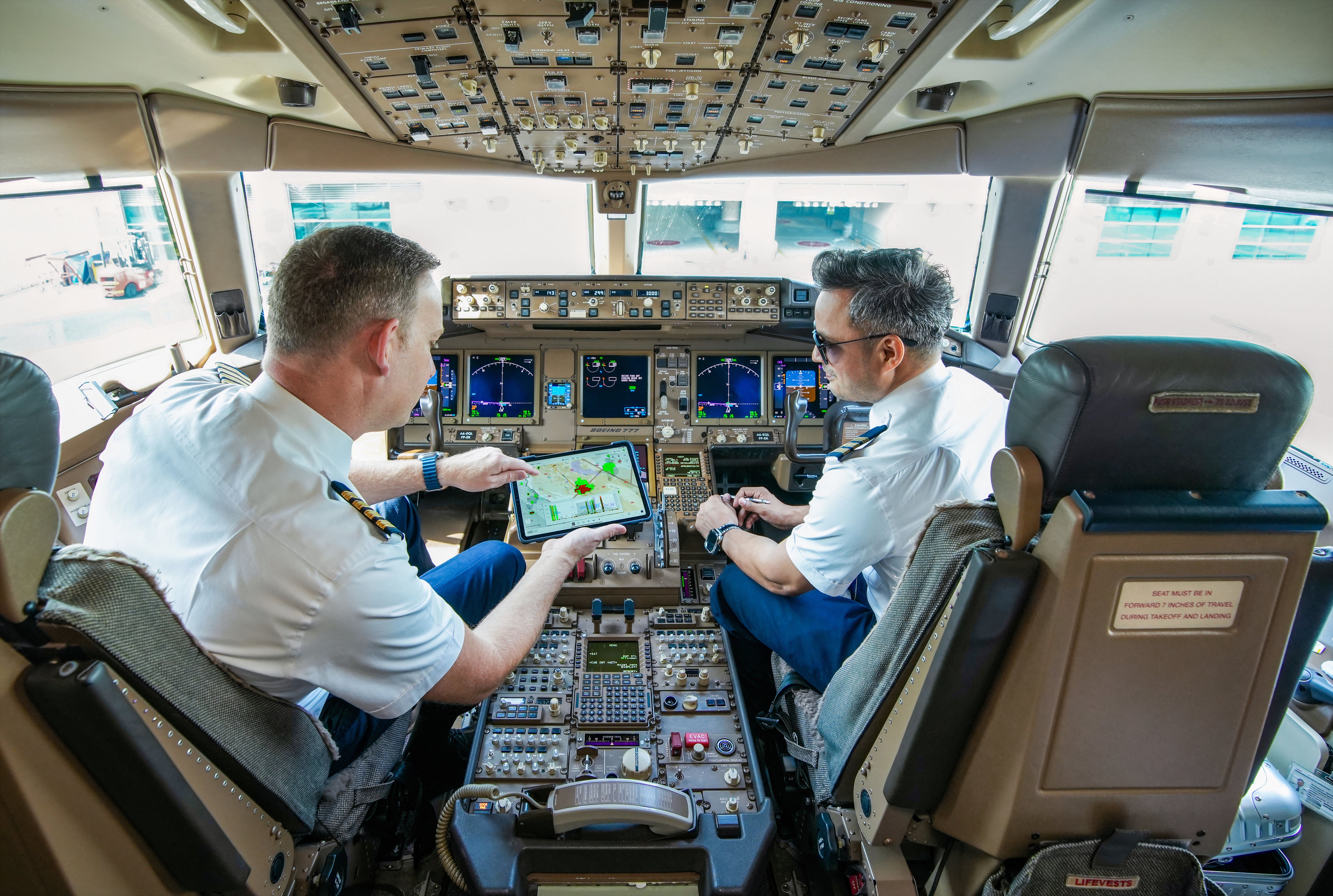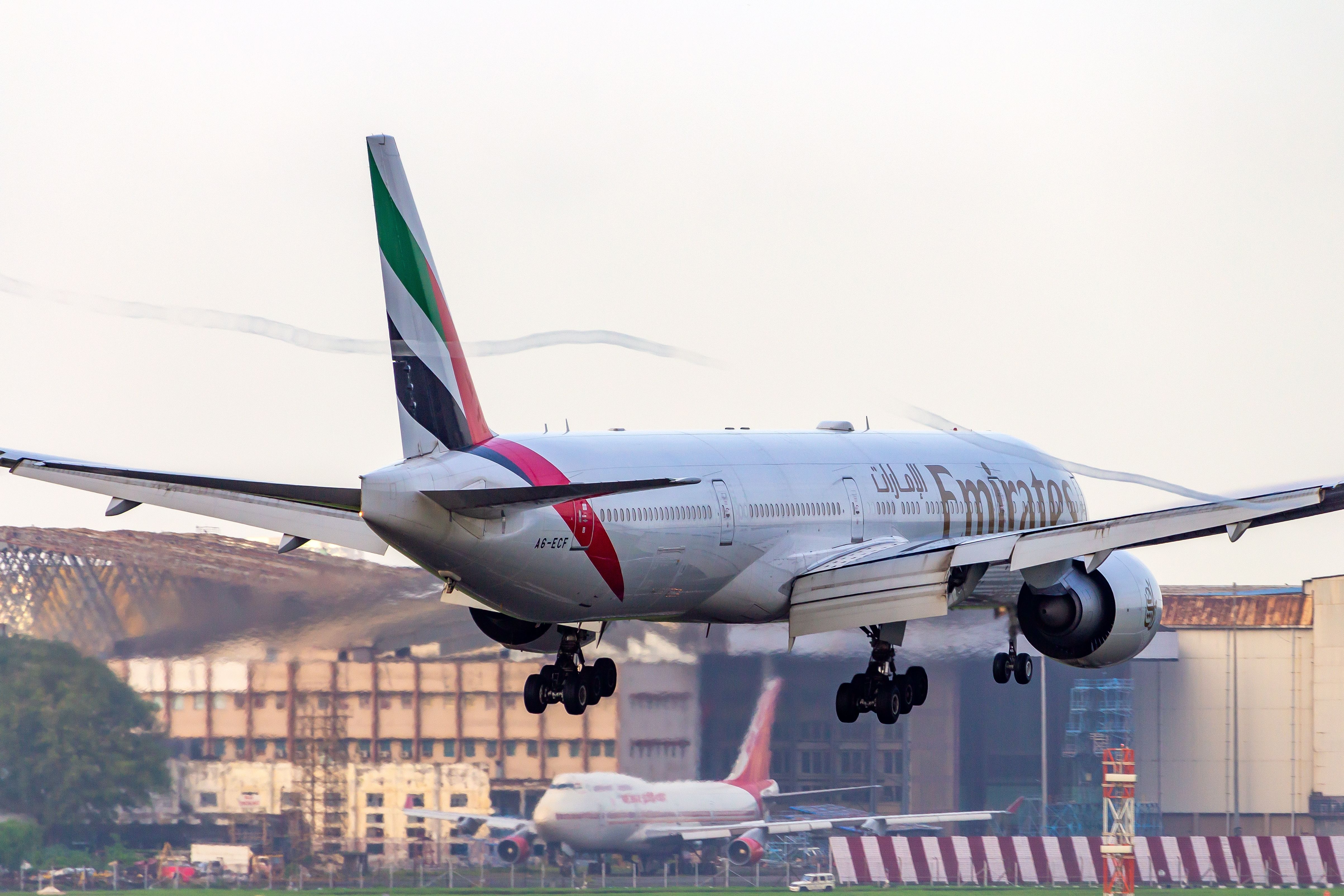Summary
- Emirates has joined the IATA Turbulence Aware Platform and will integrate Lido mPilot from Lufthansa Systems.
- Emirates contributes to sharing turbulence data for industry safety and reliability enhancement.
- Lufthansa Systems’ Lido mPilot supports Emirates with real-time navigational information.
Emirates has joined the IATA Turbulence Aware Platform and will be the first airline to integrate the platform within the latest version of Lufthansa Systems’ Lido mPilot. Integrating the new technology will help Emirates ensure operational safety, efficiency, and customer comfort on all flights.
Providing accurate turbulence information
Turbulence is increasing, and it remains a major safety concern. The two platforms offer valuable data and new technologies that provide up-to-the-minute, highly accurate turbulence information and forecasts for flight crews. Hence, pilots can plot the best paths around affected areas to enhance safety, navigation efficiency, and flight plan optimization.
Photo: Yatrik Sheth | shutterstock
In conjunction with the International Air Transport Association’s (IATA) Turbulence Aware Platform, over 140 Emirates aircraft have been equipped with the required onboard software to automatically share turbulence information with all airlines contributing data to the platform. Additionally, new aircraft like the Airbus A350, Boeing 777X, and Boeing 787, which will join the Emirates fleet over the next few years, will be equipped with the new technology. Speaking about the platform, Emirates Divisional Senior Vice President Flight Operations, Captain Hassan Alhammadi, said
“Actively participating in IATA’s Turbulence Aware platform and equipping our pilots with a complement of the latest industry technologies such as the mobile navigation solution Lido mPilot from Lufthansa Systems are part of our commitment to ensure operational safety, efficiency, and customer comfort on every flight. We’re also proud to contribute data around turbulence through our Middle East network and extensive links across Africa, Asia, Australia, and other regions.”
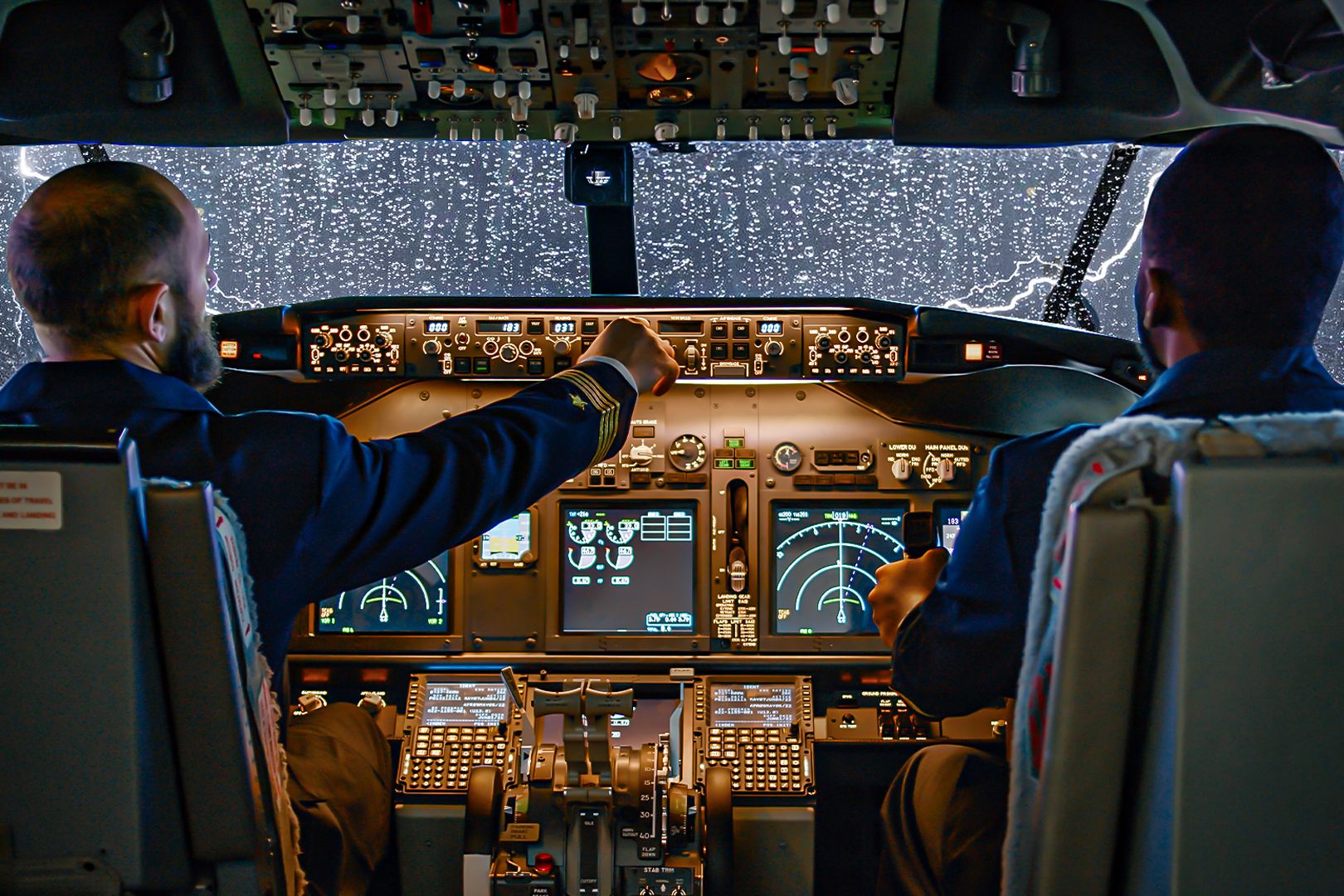
Related
Inflight Turbulence: A Pilot’s Perspective
A review of the types and intensities of turbulence, and how airlines avoid bumpy rides.
Sharing turbulence reports will help increase industry knowledge to manage turbulence and evolving weather patterns more effectively and precisely. Emirates continues to move forward with plans to adopt more cutting-edge technologies to enhance the passenger experience and ensure customers enjoy smooth flights.
Improving the quality and quantity of data
The IATA Turbulence Aware platform is a global, real-time, detailed, and objective information resource helping pilots and aviation professionals manage and reduce the effects of turbulence on flights. Turbulence occurs under various conditions and remains the leading cause of passenger and crew injuries. Additionally, it leads to higher fuel costs as aircraft are required to divert or change altitude. The platform works by pooling anonymized turbulence data from thousands of flights operated worldwide.
Photo: Emirates
Using the information generated from the data, flight crews and dispatchers can choose optimal flight paths to avoid turbulence and fly at peak levels and altitudes to maximize fuel efficiency and reduce carbon emissions. To this date, Turbulence Aware has ensured safer flights for more than 700 million passengers, which is expected to increase as more airlines join the program. IATA Senior Vice President Commercial Products and Services Frederic Leger added,
“Mitigating the adverse effects of turbulence is an industry-wide challenge and obtaining accurate and live data is key in this endeavor. The cooperation between IATA Turbulence Aware, Emirates, and Lufthansa Systems will further improve the quality and quantity of real-time data made available to the industry, allowing for smoother and safer air travel for all.”
Lido mPilot is a comprehensive mobile navigational charting application by Lufthansa Systems. It has been configured based on Emirates’ specific operational requirements. The application gives pilots easy access to terminal charts, a dynamically generated en route map, and an Airport Moving Map (AMM). Its data-driven interactive maps and the latest weather features applicable to each flight ensure that pilots are provided with the most relevant information, improving their situational awareness.
Increasing safety and passenger comfort
IATA Turbulence Aware data complements the value of Lido mPilot, providing flight crews with comprehensive turbulence information to ensure they make more informed decisions and navigate the skies more efficiently. According to Andreas Melhammer, Lufthansa Systems Product Owner Pilot Charting Apps, integrating Turbulence Aware data into Lido mPilot will allow the Dubai-based carrier to increase safety, reduce fuel consumption, and maximize passenger comfort.
Photo: BoeingMan777 | Shutterstock
Turbulence is the leading cause of serious injuries in non-fatal aircraft incidents and is expected to increase based on academic research of the atmosphere. On May 21, one passenger died of a suspected heart attack, while several others were injured when a Singapore Airlines Boeing 777 hit severe turbulence. Just four days later, at least 12 people onboard a Qatar Airways flight were injured after the Boeing 787 hit turbulence en route to Dublin. On May 26, a Turkish Airlines flight attendant broke her spine after she was flung to the ceiling and dropped to the floor onboard an Airbus A321.
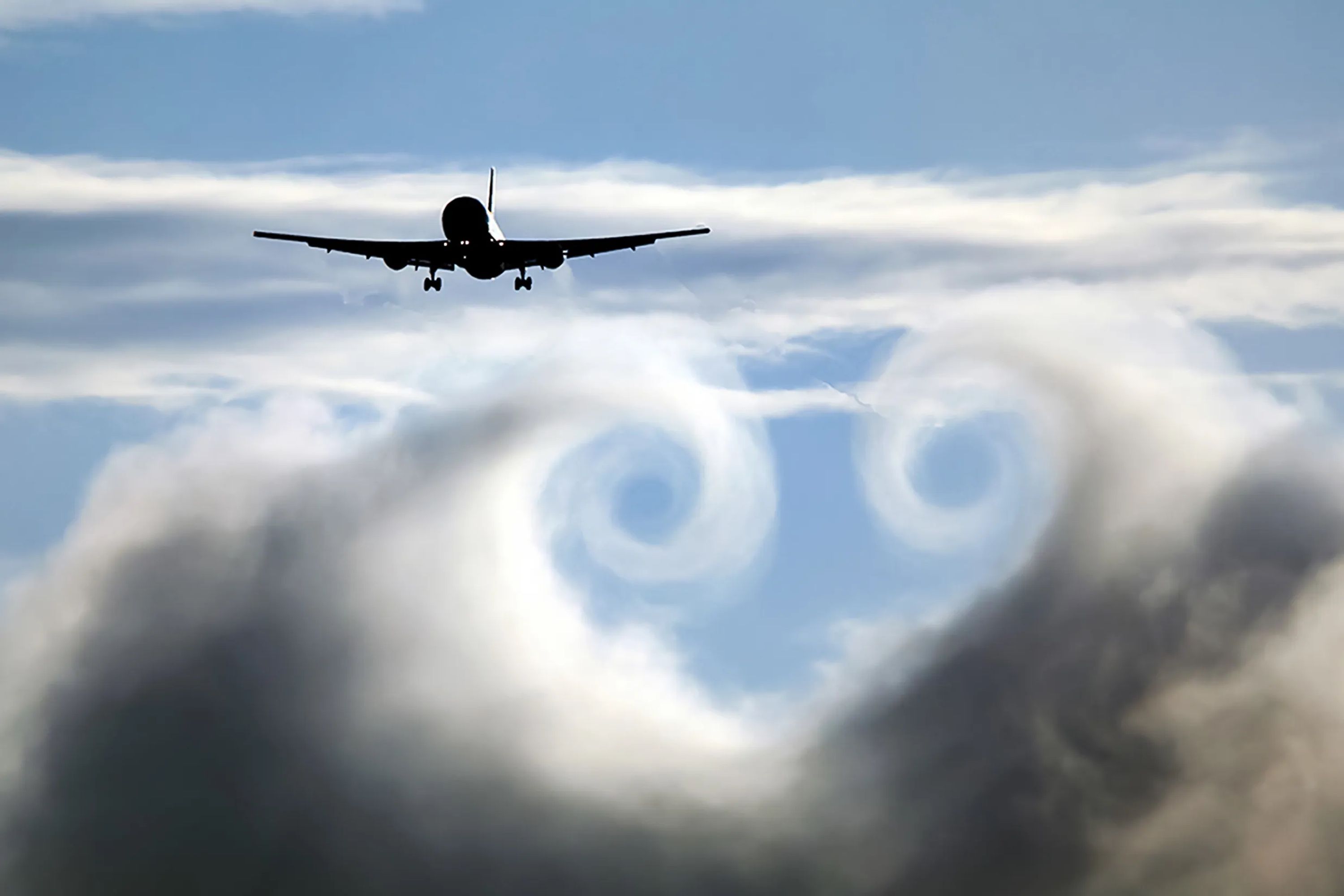
Related
Revealed: The Most Turbulent Routes In The World Where Your Flight May Get A Little Bumpy
The route between Santiago de Chile and Santa Cruz takes the top spot.
While aircraft encounter turbulence daily, severe incidents seem to be increasing. Each year, many people are injured by turbulence while not wearing seatbelts, with cabin crew members at greater risk. According to IATA, avoiding turbulent areas is essential to reducing the number of associated injuries. Still, managing turbulence is expected to remain challenging as climate change affects weather patterns.
What do you think of this story? Have you ever experienced severe turbulence? Please share your thoughts and experiences in the comments!


